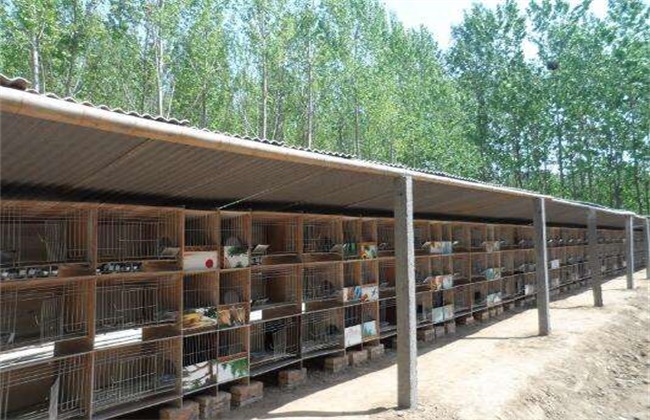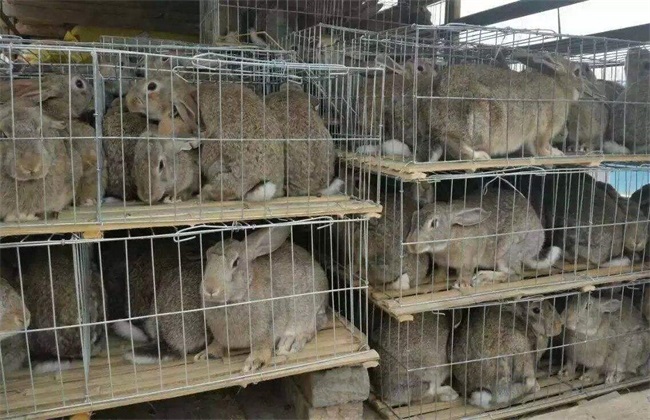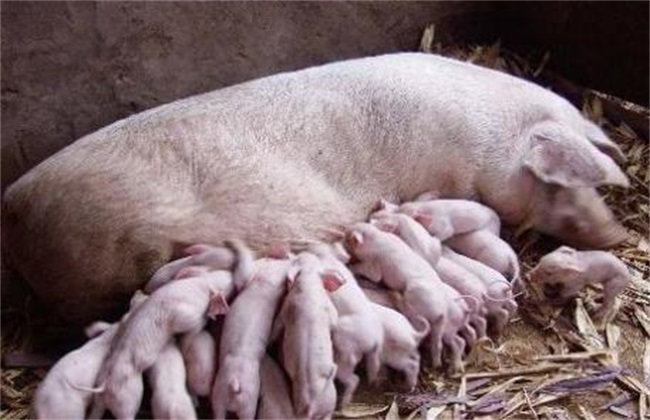The architectural form of hare house
The hare is a very popular rabbit breed in China. The main use of the hare is to eat, the meat of the hare is delicious and chewy, and the nutritional value is also relatively high. When raising rabbits, we first need to do a good job in the construction of the hare house. There are many architectural forms of hare houses. So what are the specific ones? Today, the editor will give you a brief introduction. Let's take a look at it.

1. Outdoor double-row rabbit house
The outdoor double-row rabbit house is listed face to face on the basis of the single-row rabbit house. The walls behind the two rows of rabbit cages become the walls of the rabbit house. A certain width should be retained in the middle to form a manually managed walkway. Then the dung ditch should be dug on both sides of the rabbit house, and the roof is the "herringbone" slope top that is common in life, or it can also be dominated by the bell tower. The structure of the rabbit cage is the same as that of the unitary type, which gathers most of the points of the unitary type and increases the warmth preservation performance. But relatively speaking, the amount of natural light available is reduced.
2. Outdoor single-row rabbit house
The outdoor single-row rabbit house can be called a rabbit house, but it is actually a rabbit cage, a combination of the two. The rabbit cage should face the south, and the rabbit house structure is mainly brick-concrete structure. The roof is a common single-slope type, with the front slightly higher than the back. The roof should be made of precast cement board or asbestos tiles, which not only has good waterproof ability, but also can prevent the temperature from being too high. Then retain the fecal mouth and build a dung-bearing plate. During construction, the height of the foundation should be raised appropriately, and there should be an appropriate number of trees around for sunshade. The cost of this kind of rabbit house is not high, the ventilation is good, but the ability of wind and rain and cold resistance is poor.
3. Indoor double-row rabbit house
There are two different forms of indoor double-row rabbit houses. First, the two rows of rabbit cages are arranged in the middle in the form of back-to-back. The dung ditch is in the middle, and the orientation of the two rows of rabbit cages is the working aisle. Then the other is to arrange it face to face, with an aisle in the middle. The rest of the rabbit houses are convenient for outdoor double-row rabbit houses with a similar structure. Then the vents should be opened on the north and south walls to ensure the ventilation in the rabbit house. This kind of rabbit house is easy to control the temperature and has good permeability. However, the northward rabbit cage will be more exposed to light and warmth, and the feeding density will be higher, so it is easy to increase the concentration of harmful gases.
4. Indoor multi-row rabbit house
There are many forms of indoor multi-row rabbit houses, such as four-row three-story, four-row ladder, four-row single-story and so on. However, the roofs are mainly double-sloping. The rest of the indoor double-row rabbit house is about the same, but the area and span of the rabbit house will be increased, usually about 10 meters. This kind of rabbit house makes full use of space, but its permeability is relatively poor, it is easy to breed all kinds of harmful gases, and the humidity is relatively high. Mechanical ventilation is needed, and location is very important. Should choose in the environment is good, quiet and drainage, ventilation good place. About 3 square meters of an enclosure, there are two outdoor indoor parts, outdoor wire anti-escape net should be set up to prevent rabbits from escaping.
The above is a brief introduction to several architectural forms of hare houses. That's all for today's introduction. This article is for reference only. I hope it can help you all.
Related
- On the eggshell is a badge full of pride. British Poultry Egg Market and Consumer observation
- British study: 72% of Britons are willing to buy native eggs raised by insects
- Guidelines for friendly egg production revised the increase of space in chicken sheds can not be forced to change feathers and lay eggs.
- Risk of delay in customs clearance Australia suspends lobster exports to China
- Pig semen-the Vector of virus Transmission (4)
- Pig semen-the Vector of virus Transmission (3)
- Five common causes of difficult control of classical swine fever in clinic and their countermeasures
- Foot-and-mouth disease is the most effective way to prevent it!
- PED is the number one killer of piglets and has to be guarded against in autumn and winter.
- What is "yellow fat pig"? Have you ever heard the pig collector talk about "yellow fat pig"?



